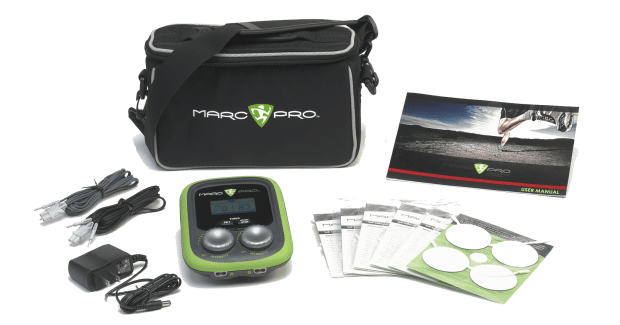The 2013-2014 Driveline Baseball Offseason Wrap-Up

This last year was our biggest and best year – explosive growth, lots of breakthroughs, and a heck of a lot of fun. Here’s some of the critical things that happened over the past six months, what I learned, where I could have improved, and some plans for the next six months.
Recovery is Incredibly Important

A major addition to the post-throwing program that we added recently was using 360 degrees of compression using Voodoo Bands from Rogue to cut swelling ASAP and to take guys through limited ROM movements with the wraps on to improve proprioception. We’ve also added the use of Flex-Bars to attack elbow tendonitis/tendonosis before it occurs, and we’ve doubled down on oscillation therapy using Shoulder Tubes as well as reciprocal training using rebounders and Driveline Plyo Ball ®.
However, like anything else, this plan can get better. I’m incredibly excited to announce our partnership with Marc Pro, which is the most advanced electrical muscle stimulation (EMS) device on the market. We have just begun to roll out the use of the Marc Pro by itself as well as in combination with limited ROM movement to remap movement patterns. Many MLB teams and Division-I colleges use this product and I’ve gotten a deluge of testimonials from people I highly trust, including Dave Coggin of PFA Fitness down in LA.
Our Dual Weighted Ball Training Protocol Kicks Ass
For those who follow us on Twitter or YouTube, you already know that we do a lot of weighted ball training with soft sand-filled balls (currently TAP balls but soon will be exclusive Driveline Plyo Ball ®) as well as stitched weighted baseballs (Driveline Elite Weighted Baseballs). We’ve used 2-4 lb. balls for arm care for years, but we’ve recently expanded our use of the xpxlyometricxx soft sand-filled balls and the results have been awesome.
We plan on making our dual protocol even better by swapping out some of the movements/drills that aren’t getting the maximum impact we’d like (which we evaluate using our high-speed cameras and EMG sensors – find a baseball facility near you that does that!) and adding a bunch of new ones to make big breakthroughs in arm strength and endurance. Our program is already one of the best in the world at developing velocity, and while we do a good job at increasing recovery potential and arm endurance, we could get a lot better there – and we will!
Strength and Conditioning is Important – And We Need to Improve
Driveline Baseball has always had a major strength and conditioning component in it, dating back to our 400 square foot shack in North Seattle.
However, despite investing a lot of money into a ton of great equipment, we’ve really lagged here. I plan on doubling down for the 2014 regular season and next off-season to make this a huge priority going forward!
High-Speed Video is Still Awesome
No surprise here; we still use a ton of high-speed video. We’ve started to make use of our newly developed four-camera synchronized system in addition to the high-speed cameras we have:
Overlay video has been a hot topic here, since we are actively working on research on pitchability, pitch sequencing, and attacking hitters. Tunneling theory was pioneered by Perry Husband in his book series, Downright Filthy Pitching, and though I don’t agree with Perry’s theories on the Hitter Attention Theory (we’re using PITCHf/x research to really study this), his work on tunneling makes a lot of sense to us.
Here’s an example of pitch tunneling via overlay video: We worked closely with Drew Rasmussen on keeping his change-up and slider in the same tunnel to really increase deception, and based on the results he’s had at Perfect Game and other pro showcases, I’d say it’s been working just fine!
Writing a Book is Hard: The Dynamic Pitcher
We recently released our book focusing on training youth pitchers called The Dynamic Pitcher. It’s been a massive success, outselling even the best projections I had for the book, and the results our clients have had (including our 11U Showtime Baseball Team) have been nothing short of awesome.
However, writing our first large book and taking videos for public consumption was much tougher than anticipated! Yes, while writing a book and shooting a lot of video is obviously tough, I severely underestimated the amount of overhead that came with it in the form of increased communication with tons of prospective buyers and clients. It’s been a blast since we’ve learned a ton, but I hope to hire some part-time help starting next off-season to address this issue as well as a few other areas – especially since my general training book on velocity development and pitching should be out by then!
Overall Conclusions
It’s been a hell of a year and we can’t wait to continue growing. The 2014 MLB draft is going to be a fun one to follow (as well as tracking the results of our current professional pitchers), and I hope to write up my experiences with consulting with a bunch of Division-I programs and professional organizations. But more on that in a future post!
Comment section
Add a Comment
You must be logged in to post a comment.






Dave -
Rebounders before or after weighted ball pulldowns?
drivelinekyle -
After, usually.